This can be done using the annotation BeforeClass in JUnit. Now the JUnit dependency is set up correctly we can create our first JUnit 5 test.

Tutorial Test Driven Development Intellij Idea
Parameterized tests allow a developer to run the same test over and over again using different values.
Junit testing tips constructor is called before test methods. When we dont provide a name for the MethodSource JUnit will search for a source method with the same name as the test method. In JUnit Test Constructor Example we shall show you the process of testing the constructor of a class. JUnit creates a separate instance of the test class for calling test methods.
A JUnit 4 rule is a component that intercepts the test method calls and allows you to do perform some action before a test method is run and after a test method has been run. It is as simple as we are testing other methods. You can verify it by putting a Systemoutprintln message in constructor itself.
The JUnit framework automatically invokes any After methods after each test. Yes JUnit calls the constructor before each test but that is only because it is actually creating a separate instance of the whole test-class for each method to be called. Sometimes its useful to share arguments between different test classes.
Create an ExampleTest using the shortcut to generate code N or AltInsert in the project window. All JUnit 4 rule classes must implement this interface orgjunitrulesTestRule. It is used to mark a method as a JUnit test.
The test can only verify one exception per test since the exception will cancel the remainder of the processing of the method. This method is called only once whereas other instance lifecycle methods are called every time before calling each test method. Creating and Running a Test.
Code Written in Constructor is Executed before each Test Method. JUnit 4 has introduced a new feature called parameterized tests. Since the constructor is called before any other methods of the class we need to see the relevance of testing it.
It is possible to run a method only once for the entire test class before any of the tests are executed and prior to any Before methods. Thats why constructor is called before executing Test methods. The annotated method will be run before all test methods in the test class.
This method must be static. When you are testing a method you actually call it which will make it execute. The annotated method will be run after all test methods in the test class.
Thus you need one test for each of the places where an exception can be thrown. Once only setup are useful for starting servers opening communications etc. So always remember that JUnit calls constructor of test class before executing test method.
Use the same shortcut again inside the class itself to get IntelliJ IDEA to generate a new valid test method for us. This method must be static. In these cases we can refer to a source method outside of the current class by its fully qualified name.
Another window opens up where the user needs to enter the Project folder name. Lets begin creating the JUnit test in Eclipse. 1 Open Eclipse 2 Create a Project folder through the navigation flow.
Although JUnit provides a new instance of the fixture objects for each test method if you allocate any external resources in a Before method you should release them after the test runs by annotating a method with After. The annotated method will be run after each test method in the test class. The screenshot is given below.
For example if your test class contains 5 tets then JUnit will create 5 instances of the test class for executing those test methods. Annotate test class with RunWithParameterizedclass. There are five steps that you need to follow to create a parameterized test.
Its time-consuming to close and re-open resources for each test. JUnit framework calls this method explicitly before calling constructorother methods. Create JUnit Tests In Eclipse.
So if you have for example a test-class with 5 test-methods it will create 5 separate instances of the test-class and invoke only one method on each test-class.

Tutorial Test Driven Development Intellij Idea
How To Use Junit With Jmeter Blazemeter

Tutorial Test Driven Development Intellij Idea

Tutorial Test Driven Development Intellij Idea

Writing Tests With Junit 5 The Intellij Idea Blog
How To Use Junit With Jmeter Blazemeter

Tutorial Test Driven Development Intellij Idea
How To Use Junit With Jmeter Blazemeter
Unit Testing Guidelines What To Test And What Not To Test Dzone Performance
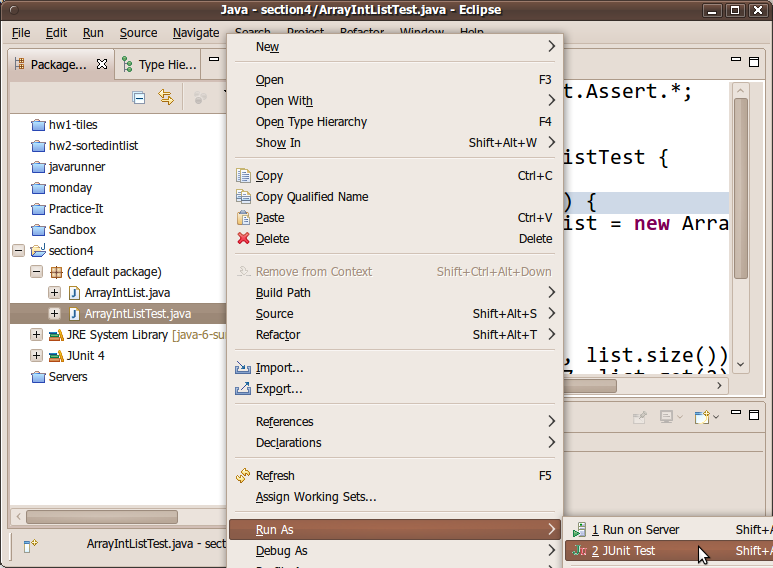
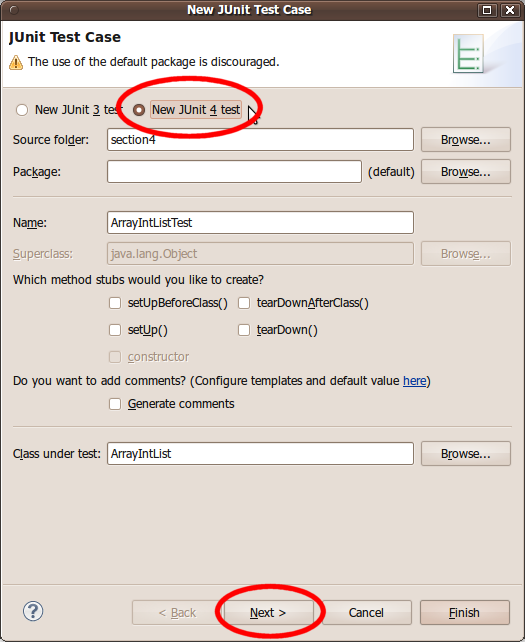
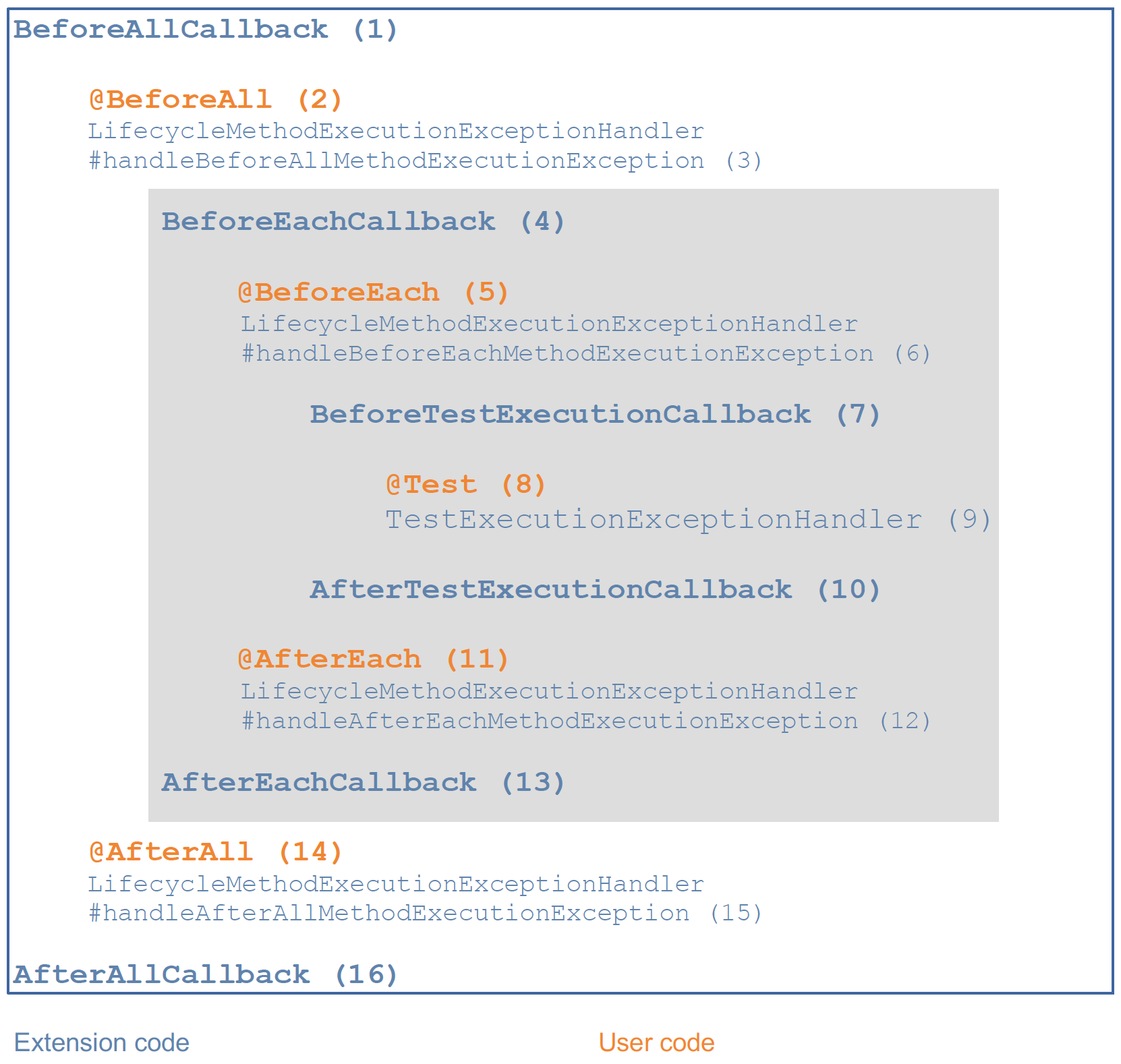
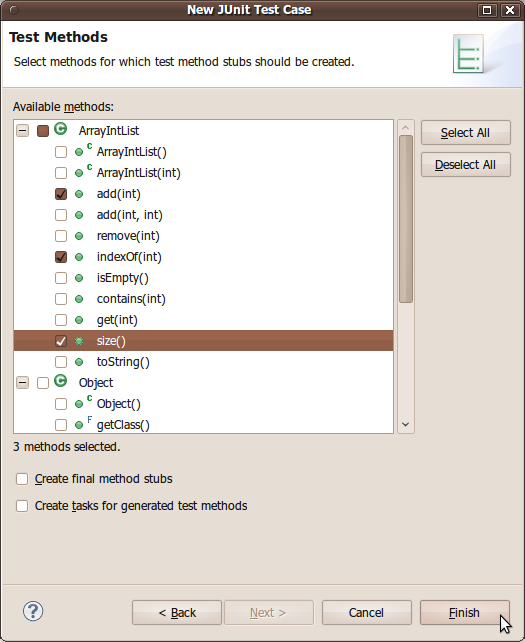

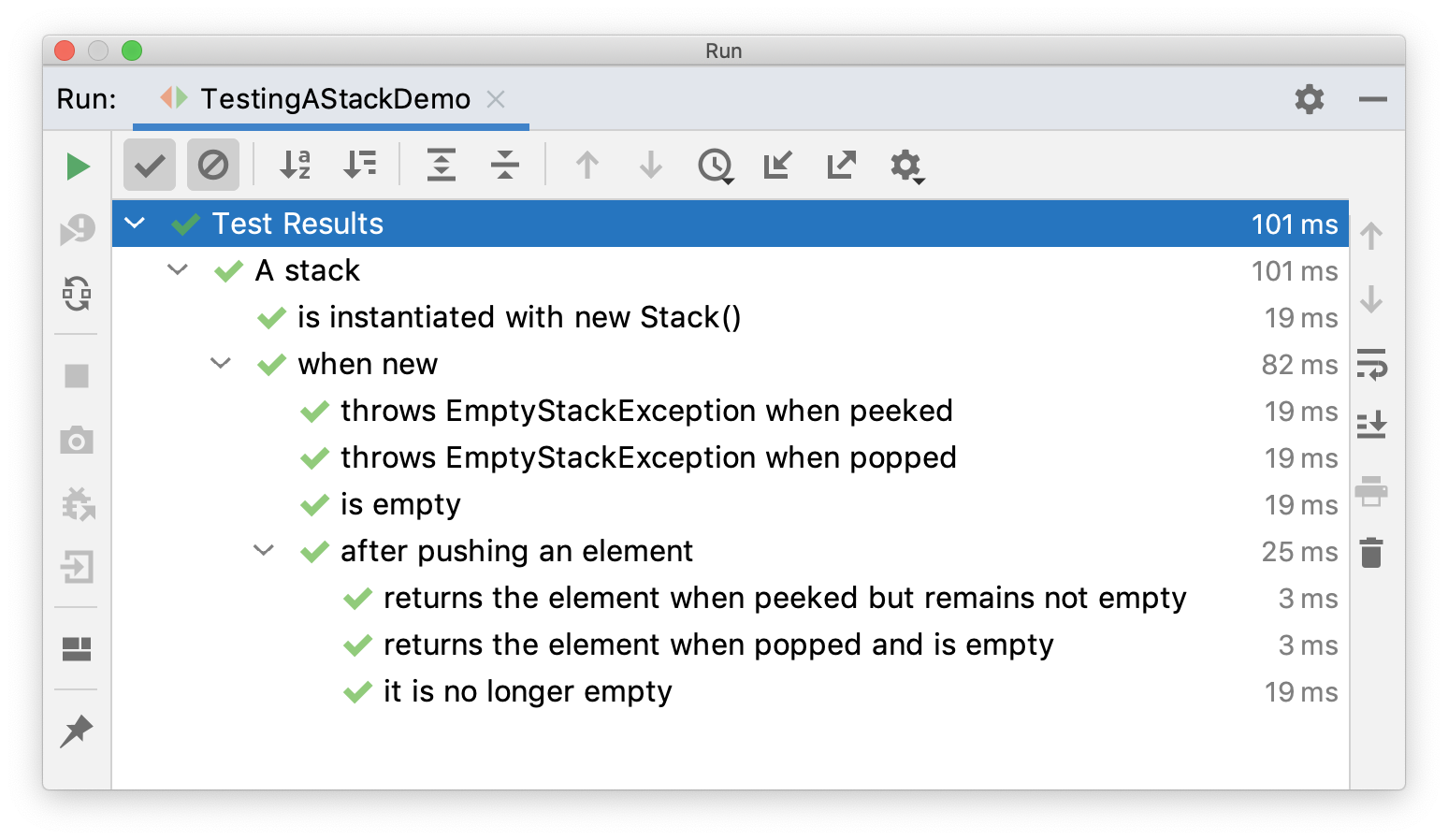
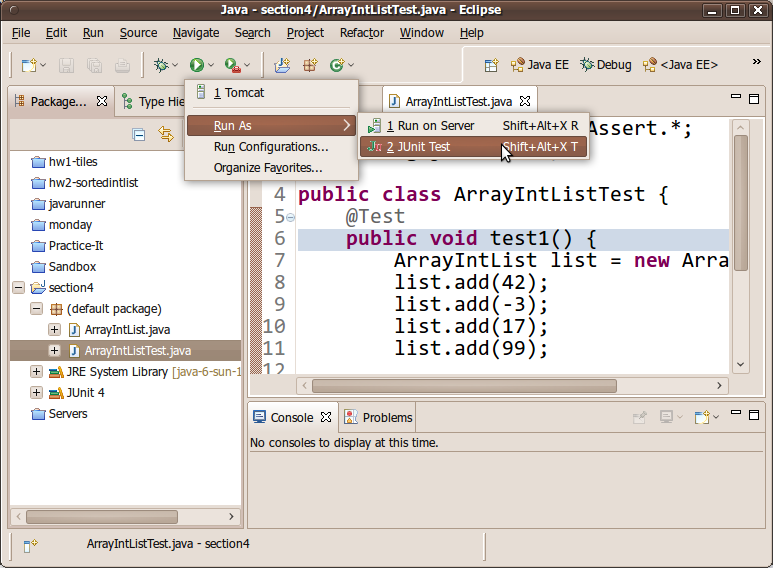
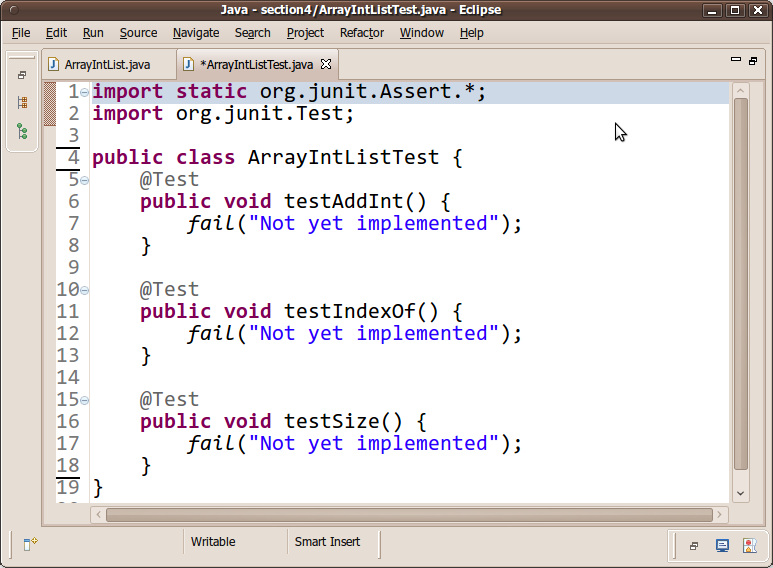
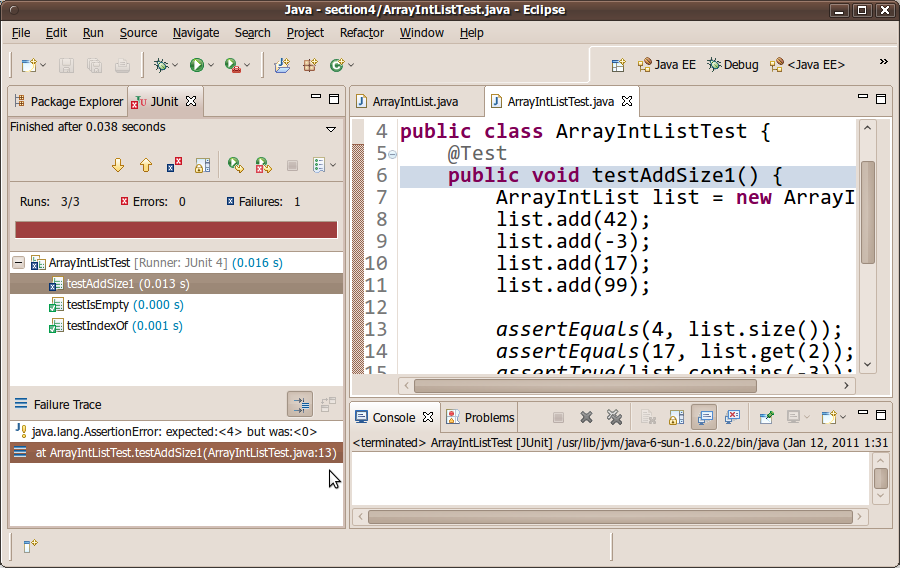
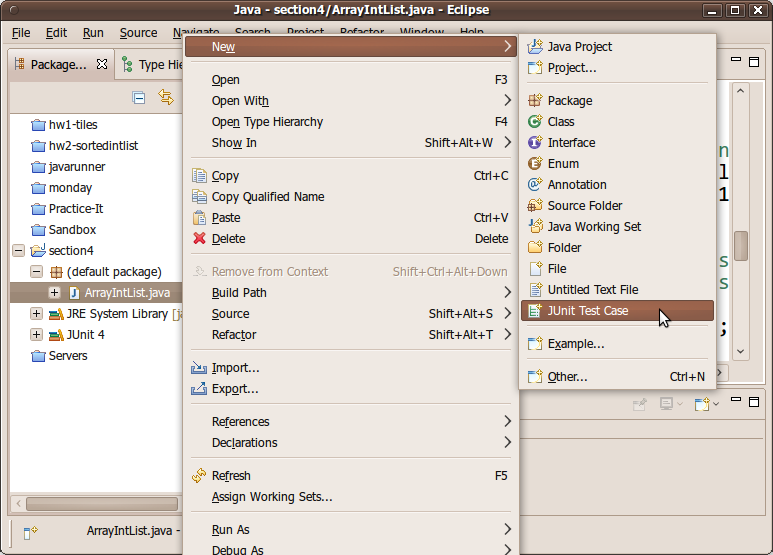
0 Comments